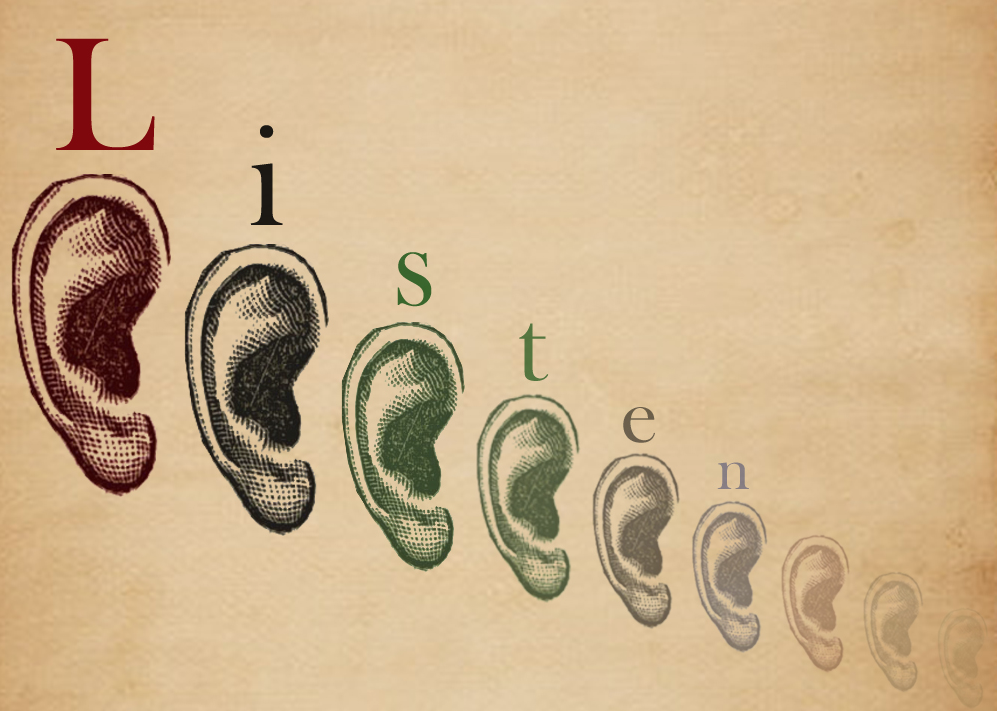The Three Pillars for Aging Services Workforce Development
This is the first of three articles about Workforce Development in Aging Services. The focus of the articles will encompass three pillars:
1. Adopting Best Practices to Retain the Current Workforce
2. Creating Non-Traditional Growth and Advancement Pathways
3. Cultivating the Next Generation Aging Services Workforce
This topic is of great importance due to the national and global caregiving crisis for both paid and unpaid caregivers. This series will focus only on paid caregivers, with an acknowledgement that the unpaid caregiver crisis impacts the need and demand for more paid caregivers.
Pillar 1: Best Practices to Maintain the Current Workforce
Let's begin the discussion about the Aging Services Workforce by acknowledging that there are many wonderful and committed people caring for elders throughout the continuum of care- 3.7 million according to this LeadingAge Vision White Paper.
Sadly, the massive turnover experienced in this industry will keep the rotating door busy, without even considering the increasing demand due to the aging population.
So, before addressing the need for new entrants, we should begin with discussing strategies to retain our current employees. The LeadingAge Vision White Paper above provides an excellent roadmap of six strategies to build workforce and my intent with this series is to enhance the conversation by approaching the issue of retention from other angles.







 Millions of older adults and people living with disabilities rely on the direct care workforce, and the numbers are growing at an enormous rate every single day. Sadly, we have undervalued the importance of the direct care workforce and ill prepared the critical need to provide quality of life and quality of care training. It's time to change the paradigm.
Millions of older adults and people living with disabilities rely on the direct care workforce, and the numbers are growing at an enormous rate every single day. Sadly, we have undervalued the importance of the direct care workforce and ill prepared the critical need to provide quality of life and quality of care training. It's time to change the paradigm.